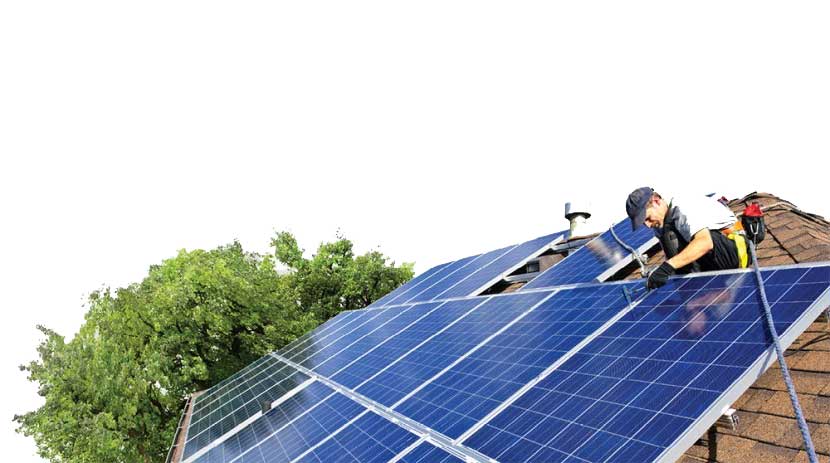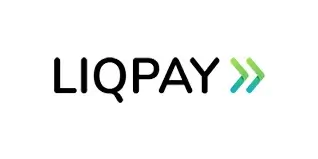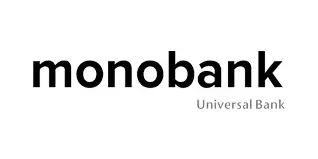Heat pumps: technologies, advantages, types and selection tips
Heat pumps are becoming an increasingly popular choice for heating and air conditioning in modern homes. These devices efficiently transfer heat from the outside environment to the inside of a building in winter and vice versa in summer, providing comfort without significant energy consumption. HVAC professionals emphasize their role in reducing energy consumption and reducing environmental impact. Thanks to advances in technology, heat pumps offer reliable solutions for different climates and building types.
Heat pump technologies
Heat pumps operate on a refrigeration cycle similar to that of a refrigerator. The main components include a compressor, evaporator, condenser and expansion valve. In heating mode, the refrigerant absorbs heat from an external source, turns into a gas, compresses to increase the temperature and transfers the heat inside. In summer, the process is reversed: heat is removed from the room and released outside. Modern models are equipped with inverter compressors that regulate the speed of operation, ensuring precise matching to the load and reducing noise. Additional elements, such as desuperheaters, allow the use of waste heat to heat water, increasing the overall efficiency of the system.
Advantages of using heat pumps
Heat pumps are highly energy efficient compared to traditional systems such as electric heaters or gas boilers. They can reduce heating energy consumption by up to 75%, producing 2-3 times more heat than they consume. This results in significant savings on bills - from $ 300 to $ 650 per year, depending on the region. Environmental benefits include a 40% reduction in CO2 emissions compared to gas furnaces, especially when using renewable energy sources. The systems effectively dehumidify the air in the summer, improving comfort, and operate quietly, which is important for residential areas. Many homeowners note the convenience of the dual function - heating and cooling in one device - which simplifies maintenance and reduces equipment costs.
Types of heat pumps and their differences
- Air-source : Absorb heat from the ambient air. They are divided into ducted (with ducts for central distribution) and ductless mini-split (without ducts, with separate indoor units). They are easy to install, cost less (from $ 3,000 for a mini-split), but are less efficient in cold climates below 5 ° C.
- Ground-source or geothermal pumps : Use the stable temperature of the ground through buried fluid loops. They are 61% more efficient than standard models, operate quietly, and have a long life (up to 50 years for loops), but require a significant investment in excavation ($6,000 to $30,000).
- Water-source pumps : Take heat from bodies of water, such as ponds or rivers. They are compact, do not require an outdoor unit, and operate quietly, but are only suitable for homes near water.
- Absorption pumps : Run on gas or solar energy, reducing dependence on electricity, but are larger in size and less common for complete decarbonization.
The differences lie in efficiency, cost and adaptation to climate. Air models are suitable for temperate zones, ground ones for cold ones, where the stability of the heat source ensures lower operating costs. Ductless options are ideal for houses without ducts, allowing for zoned control.












